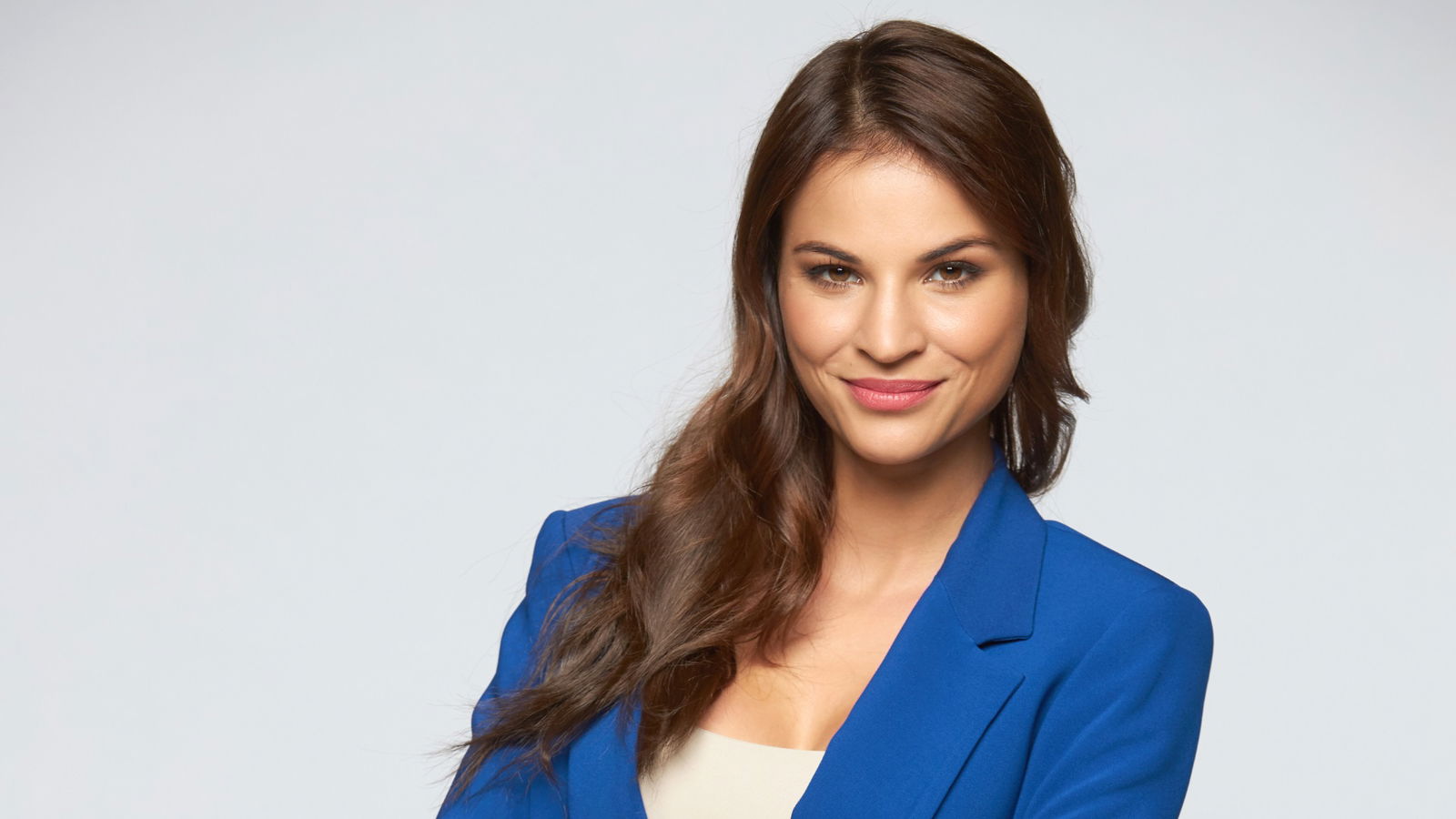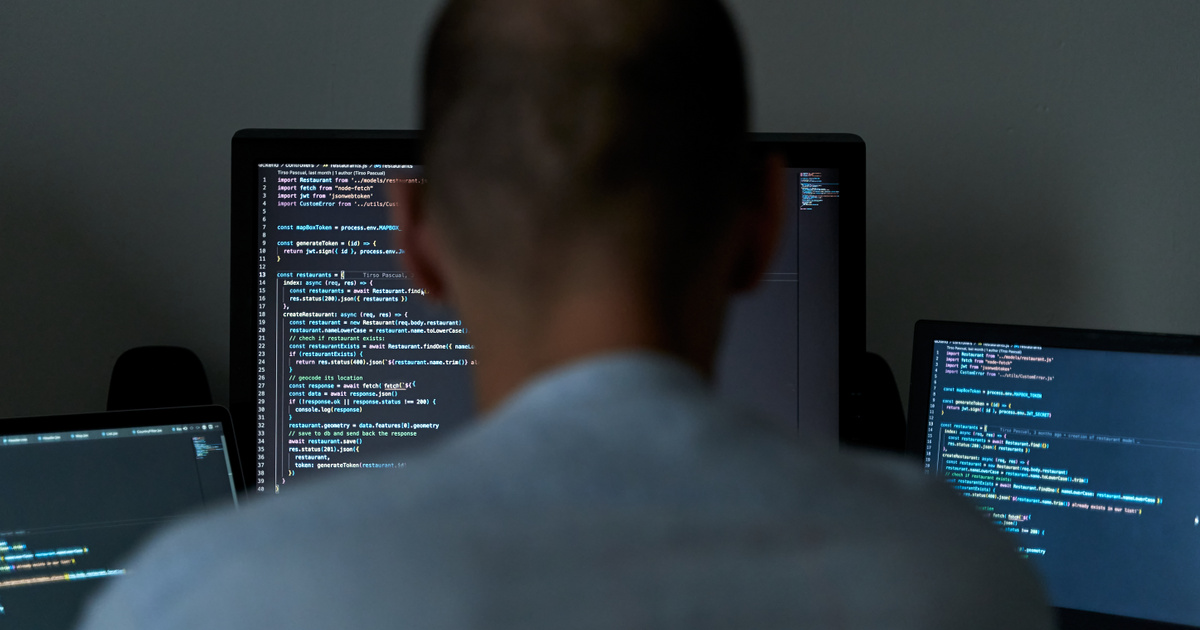Moses parting the Red Sea so the Israelites could escape the Egyptians may not have been a miracle after all, but it is an easily explained climate phenomenon, according to a new study.
The parting of the Red Sea is mentioned in the Old Testament of the Bible, the Book of Exodus. This was the moment when, according to the Bible, Moses performed a miracle so that the Israelites could escape from Pharaoh's men who were pursuing them.
However, according to the University of Leicester's School of Biological Sciences, four natural events occurred at that time that could explain the drying out of the area. Students Rebecca Jarratt and Rikesh Converji say negative tides, easterly winds, storm surge and Rossby waves may have caused water levels to rise enough to cross the sea on foot, the university reports. daily Mail.
“Investigating ways in which the waters could recede, allowing Moses to cross safely, may depend on ‘ideal’ conditions, but they are still physically possible events,” they wrote in the journal Interdisciplinary Topics.
“Meteorological phenomena are known to be unpredictable and can lead to chaotic chains of events that can lead to extreme phenomena that may have been perceived by bystanders as a 'sea parting.' Whether by a miracle of God or by one of the improbable random phenomena discussed In this paper, the chance of water “splitting” is not zero.
The explanation can be provided by a phenomenon called “wind calm”, where strong and persistent winds can lower the water level in an area, while water accumulates against the wind. According to the team, wind speeds must be large to keep the water columns apart for long periods of time.
However, another possibility is that stronger than usual spring tides and stormy weather allowed the water level to fall enough to create a dry area for Moses and the Israelites to cross. The Gulf of Suez would have been the best place for Moses to cross, because it is known for its large tidal fluctuations.
According to the research team, “Tidal resonance occurs when a sudden, unexpected external force – such as strong winds – excites one of the resonance modes in a local area of the Red Sea, causing the tides to fall more extreme and exposing larger areas of the seafloor.” It is believed that this phenomenon is what enabled Napoleon and his army to cross the Red Sea in 1789.
The study also describes that a natural phenomenon called a Rossby wave could also serve as an explanation. Rossby waves occur in rotating fluids and appear in oceans due to the planet's rotation. According to the study, these cause a higher than normal tide.
The waves move huge amounts of water, meaning the same thing may have happened in the Red Sea, causing the tide to be unusually low. Thus, crossing shallow waters was no longer a problem for the Israelites.
Worth reading:












































